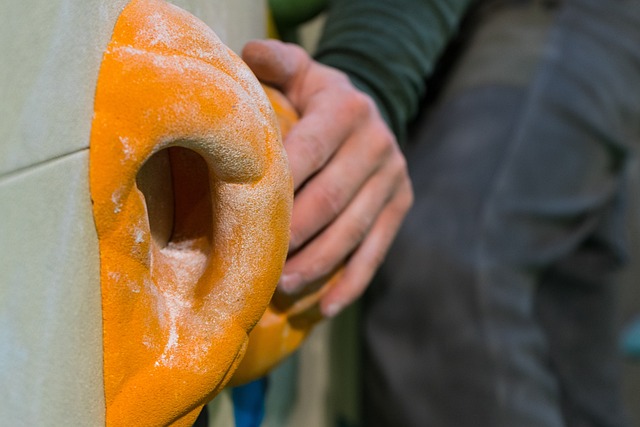Understanding Longboards: A Beginner's Guide to Larger, Softer Wheels

The Advantages of Larger Wheels for New Longboarders

When transitioning from shorter boards to a longboard for beginners, the size and quality of the wheels play a pivotal role in the ride’s experience. Larger wheels on a longboard offer several advantages that can significantly enhance a new longboarder’s performance and comfort. For starters, larger wheels provide greater rolling resistance, meaning they roll over pebbles, cracks, and debris with ease, ensuring a smoother ride. This is particularly beneficial for novice riders who are still accustoming themselves to the balance and maneuverability required on a longboard. The increased diameter of these wheels also means that they can cover more ground per push, which reduces the effort needed to maintain speed and momentum. Additionally, larger wheels tend to have softer durometers, which absorb shock better than smaller, harder wheels. This shock absorption is crucial for absorbing the vibrations from rougher roads, providing a more comfortable ride and reducing the risk of hand and wrist fatigue that can come from constant steering inputs over bumpy terrain.
Furthermore, the larger contact patch of bigger wheels means better grip and stability at higher speeds. This is essential for new longboarders who are still mastering their turning and carving techniques. The enhanced traction allows riders to feel more confident as they learn, knowing that their board is less likely to slip or skid unexpectedly. In terms of safety, this added security cannot be overstated, as it can prevent falls and accidents that might otherwise occur due to a lack of experience. Overall, the integration of larger, softer wheels on a longboard for beginners is a thoughtful design choice that contributes to a more enjoyable and safer learning curve, making the transition from shorter boards to longboarding a smoother and more rewarding experience.
Selecting the Right Size: Finding Your Fit with Larger Wheels

The Role of Softness in Wheel Performance and Comfort

When selecting a wheel for a longboard, particularly for beginners, the softness of the wheel plays a significant role in both performance and comfort. Softer wheels, typically measured on the durometer scale in ‘A’, offer greater cushioning against imperfections in the road surface, which is crucial for riders who are still developing their balance and technique. This characteristic is particularly beneficial when navigating through urban environments or riding on rough terrain, as it can absorb vibrations and shocks, leading to a smoother ride and reduced risk of wheel bite. The flexibility of softer wheels also allows for better grip during turns, enhancing the rider’s control and confidence.
In terms of performance, softer longboard wheels tend to provide more traction, which is essential for beginners who are learning to carve and slide. The larger contact patch afforded by softer wheels means that they can handle varying speeds and surfaces more effectively. Additionally, the increased rolling resistance associated with softer wheels can be advantageous for riders looking to maintain a steady pace without rapid accelerations, which are common in the early stages of learning. As such, softer wheels are often recommended for beginners who prioritize comfort and safety over speed and technical maneuvers. Opting for a wheel with a durometer around 78a to 84a can offer a balanced experience between responsiveness and comfort for those starting their longboarding journey.
Techniques for Handling with Larger, Softer Wheels on a Longboard

Top Models: Best Longboards for Beginners with Larger, Softer Wheels

